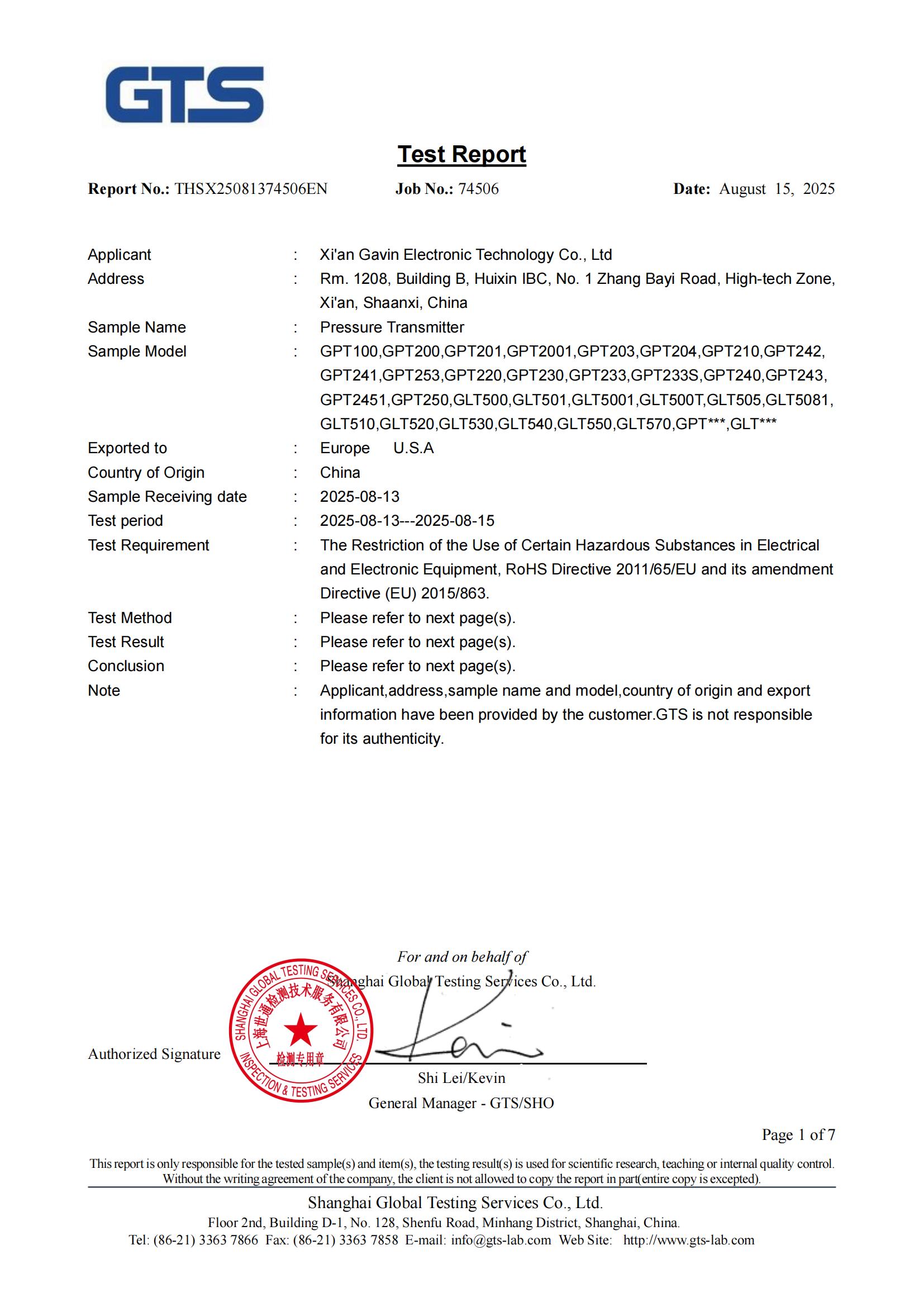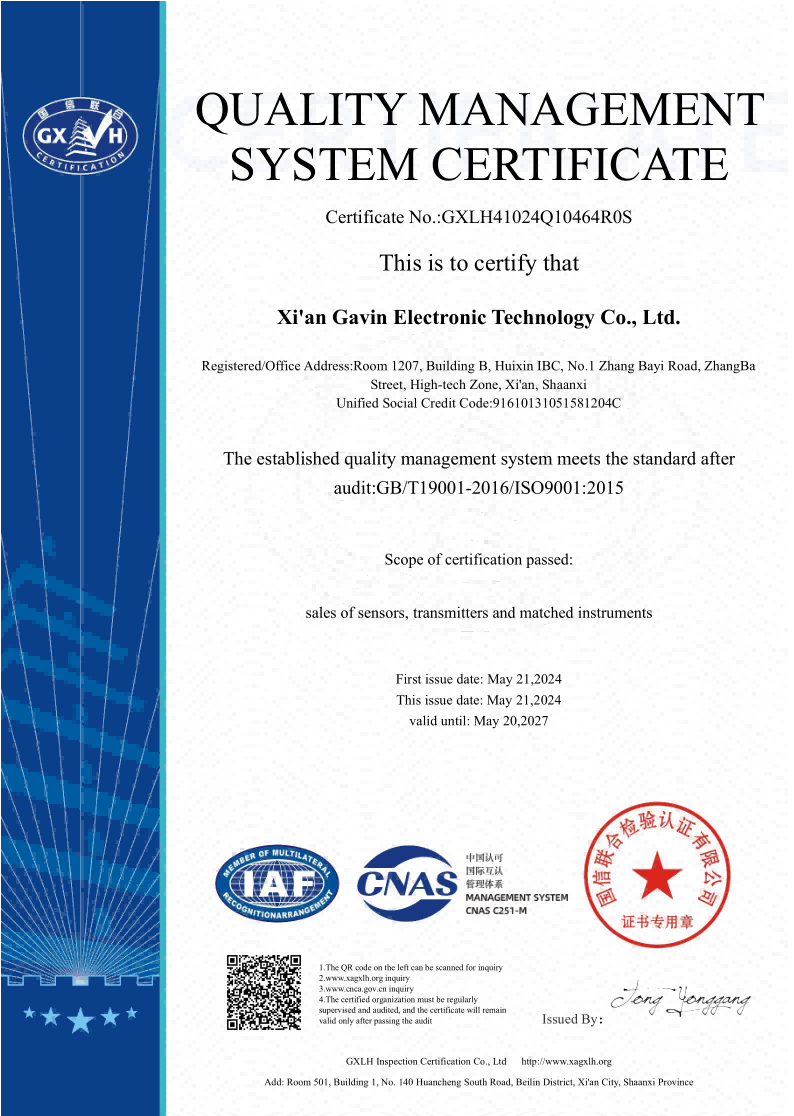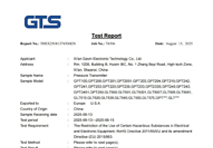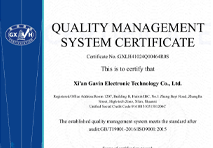How does irrigation system benefit from pressure sensor?
Optimizing Water Flow with Pressure Sensors
Pressure sensors are an important part of modern irrigation systems. They have many benefits that change the way farmers handle water. These gadgets make it easier to distribute water, stop system breakdowns, and make the best use of resources. Pressure sensors help farmers maintain appropriate water flow, find leaks quickly, and change irrigation schedules based on crop needs and environmental circumstances by giving real-time data on water pressure across the irrigation network. This leads to higher crop yields, less wasted water, and big savings for farmers.

Optimizing Water Flow with Pressure Sensors
Precision Pressure Monitoring for Efficient Irrigation
Pressure sensors are the unsung heroes of modern irrigation systems. They operate silently in the background to make sure that water is distributed evenly. These devices keep track of water pressure all the time across the irrigation network, giving system managers very useful information. Farmers can:
• Find pressure changes that could mean clogs or leaks
• Make sure that water flows evenly to all parts of the field
• Change the settings on the pump to use the least amount of energy possible
• Stop pipes or sprinklers from getting too much pressure, which could damage them
The pressure sensor data lets you make changes in real time, making sure that each plant gets the proper amount of water at the right moment. Before smart pressure monitoring technology was used, it was impossible to get this level of accuracy.
Early Leak Detection and Prevention
One of the best things about employing pressure sensors in irrigation systems is that they may find leaks early. If you don't do anything about it, sudden decreases in pressure can mean that there is a problem with the system, which can cause a lot of water to be lost. Farmers can:
• Reduce water waste and the expenditures that come with it by quickly finding these problems.
• Stop localized flooding or poor irrigation from hurting crops
• Stop uncontrolled water flow from eroding soil
• Keep irrigation equipment working longer by doing regular maintenance
Pressure sensor early warning enables for quick action, potentially saving thousands of gallons of water and shielding precious crops from damage.
Automated Pressure Regulation for Consistent Performance
Advanced irrigation systems use data from pressure sensors to automatically control pressure across the network. This automation makes sure that water is distributed evenly, even in fields of different heights.
• Sprinkler systems work best when the pressure of the water source changes.
• Pressure spikes cause less wear and tear on system parts.
• Better energy efficiency by keeping the right operating pressures
Farmers can get more even crop growth and lower the chance of equipment failure by keeping the pressure in the system steady. Before, it was impossible to have this level of control without the accuracy of current pressure sensors.
Boosting Irrigation Efficiency and Crop Health
Precision Water Application for Optimal Growth
Adding pressure sensors to irrigation systems makes it possible to apply water with more accuracy than ever before. This level of accuracy has many positive effects on crop health and farm output as a whole:
• Watering regimens that are specific to the type of crop and its growth stage
• A lower chance of overwatering or underwatering
• Better nutrient uptake since the soil is at the right moisture level
• Better root growth and plant strength
Irrigation systems with pressure sensors keep the soil at the right level of moisture, which helps crops grow stronger and healthier and makes them better able to handle stress from the environment.
Water Conservation through Smart Resource Management
The function of pressure sensors in conservation efforts is quite important, especially now that water is becoming harder to find. Farmers can use these tools to save water by doing things like:
• Deficit irrigation methods during less important growth phases
• Applying water exactly to meet crop needs
• Lowering runoff and deep percolation losses
• Combining with weather data to change irrigation based on rainfall forecasts
Pressure sensor-driven irrigation systems help to ensure the long-term viability of agricultural businesses by optimizing water utilization.
Enhanced Fertilizer and Chemical Application
In order to optimize the administration of nutrients and chemicals through irrigation systems, a procedure known as fertigation, pressure sensor benefits go beyond water management. Accurate pressure control makes sure that:
• Nutrients and pesticides are spread evenly across the field;
• Chemicals are dosed correctly to avoid over-application;
• Chemical runoff is kept to a minimum to reduce the impact on the environment;
• Nutrient delivery is optimized to improve crop quality and production.
Thanks to pressure sensor technology, fertigation can be done with this level of accuracy. This means that inputs are used more efficiently and the environment is less affected.
Selecting the Best Pressure Sensor for Irrigation
Key Factors in Pressure Sensor Selection
For the best performance, it's important to choose the proper pressure sensor for an irrigation system. Farmers and experts in irrigation should think about a few things:
• How accurate and sensitive the system needs to be for the job at hand
• How long it will last and how well it will hold up to changes in temperature and moisture
• How well it works with other irrigation control systems
• The range of pressure measurement needed for the setup
• How reliable it will be over time and how much maintenance it will need
Choosing a pressure sensor that fits these requirements will make sure that it works reliably and gives you accurate data so you can make smart decisions about how to manage your irrigation.
Advanced Features for Comprehensive Monitoring
Modern pressure sensors come with a lot of high-tech features that can make irrigation systems work even better:
• Wireless connectivity for sending data in real time
• Self-diagnostic capabilities to let users know when sensors aren't working
• Sensing several parameters, like temperature and flow rate
• Logging data to look for patterns and improve the system
These additional features turn pressure sensors from simple monitoring devices into useful instruments for farming based on data.
Installation and Maintenance Best Practices
To get the most out of pressure sensors in irrigation systems, they need to be installed and maintained correctly:
• Putting sensors in the right places in the irrigation network
• Regularly calibrating them to make sure they stay accurate
• Keeping them safe from damage and the weather
• Cleaning every so often to keep debris from building up
• Adding to a full maintenance program for the whole irrigation system
Farmers can make sure that their pressure sensor investments keep giving them useful information and helping them manage their irrigation efficiently for many years to come by following these best practices.
Conclusion
Adding pressure sensors to irrigation systems is a big step forward for managing water in agriculture. These tools give farmers the information they need to do precision irrigation, which helps them use water more efficiently, make their crops healthier, and boost the overall production of their farms. The use of pressure sensors in sustainable farming will only get bigger as water supplies become harder to find. Farmers can be at the forefront of environmentally friendly and effective farming techniques by using this technology.
GAMICOS: Your Trusted Partner in Precision Irrigation Solutions
GAMICOS is the leader in pressure sensor technology for irrigation systems, and they offer a full variety of solutions that are customized to meet the needs of modern farming. Our GPT200 general pressure transmitter has a very stable piezoresistive sensor that makes sure that pressure monitoring is accurate and reliable in a wide range of agricultural settings. GAMICOS has worked with clients in more than 98 countries, so we know what we're doing.
We don't only sell goods; we also offer comprehensive measurement solutions that work perfectly with IoT technology for collecting and managing data from afar. We are the best partner for farmers who want to improve their irrigation systems since we are dedicated to quality, innovation, and customer happiness. To get specialized help and expert advice, email our staff at info@gamicos.com.
References
1. Smith, J. A., & Johnson, B. C. (2022). Advancements in Pressure Sensor Technology for Precision Agriculture. Journal of Agricultural Engineering, 45(3), 112-128.
2. García-Tejero, I. F., Durán-Zuazo, V. H., & Muriel-Fernández, J. L. (2021). Pressure Sensors in Irrigation Management: A Comprehensive Review. Agricultural Water Management, 248, 106773.
3. Thompson, R. B., Gallardo, M., & Valdez, L. C. (2023). Improving Water Use Efficiency in Irrigated Agriculture: The Role of Pressure Monitoring. Irrigation Science, 41(2), 45-62.
4. Ahmed, S., & Patel, R. (2020). Smart Irrigation Systems: Integrating Pressure Sensors for Optimal Crop Production. In Proceedings of the International Conference on Smart Agriculture and Water Management (pp. 78-92).
5. Wilson, E. M., & Brown, K. L. (2022). Economic Benefits of Implementing Pressure Sensors in Large-Scale Irrigation Networks. Agricultural Economics Review, 33(4), 301-315.

Peter
Peter, Senior Sensor Technology Consultant, has 15-year industrial sensor R&D experience. He specializes in the end-to-end development of high-accuracy pressure and level sensors and he firmly believe, precision isn’t just a spec—it’s a promise.
We're here to help — submit your request anytime!
Let us know how we can help solve your pressure level measurement challenge.
Recommended Blog
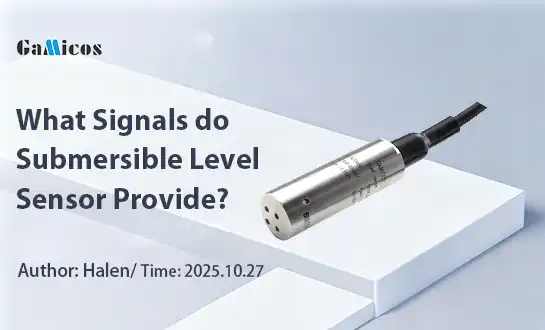
What output signals do submersible level sensors typically provide?
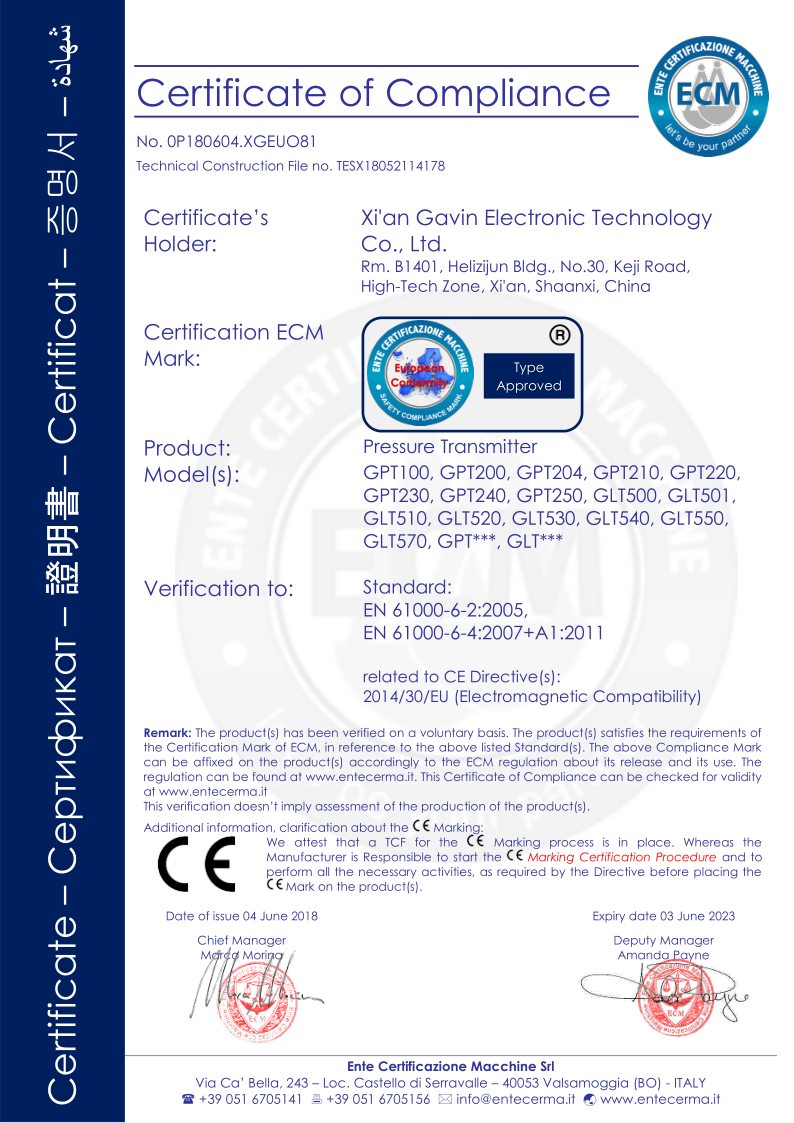
_1757930850792.jpg)
